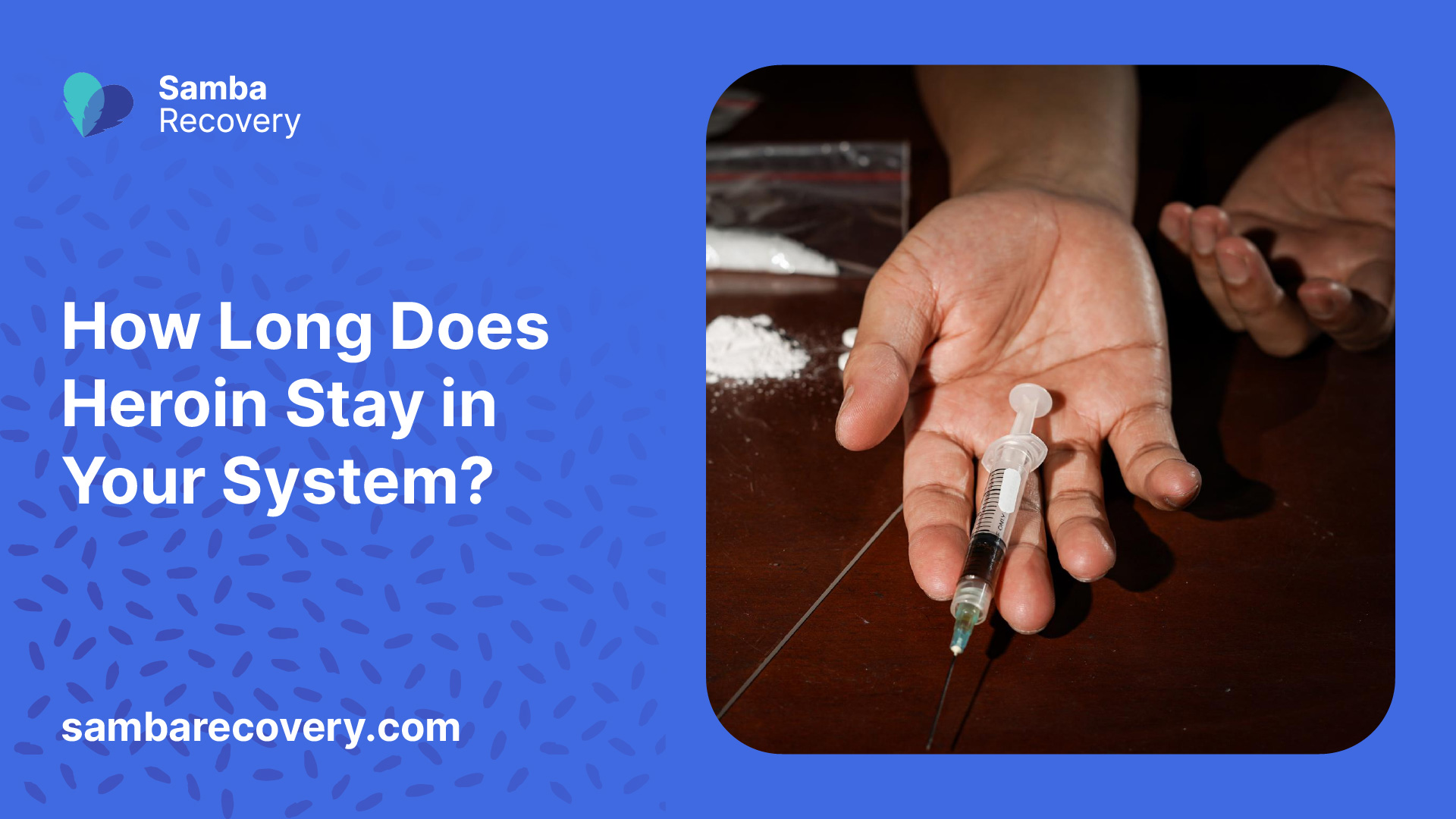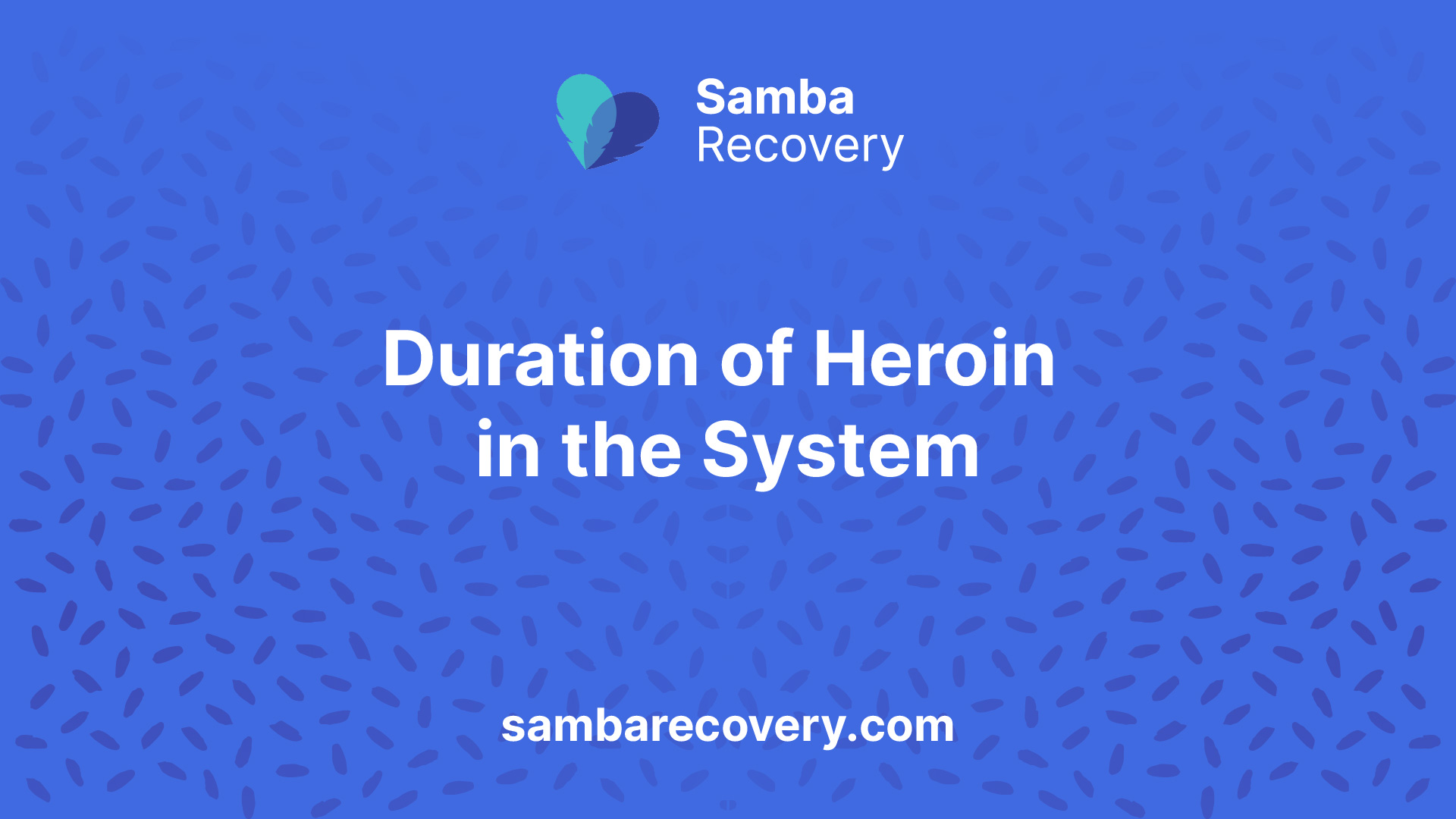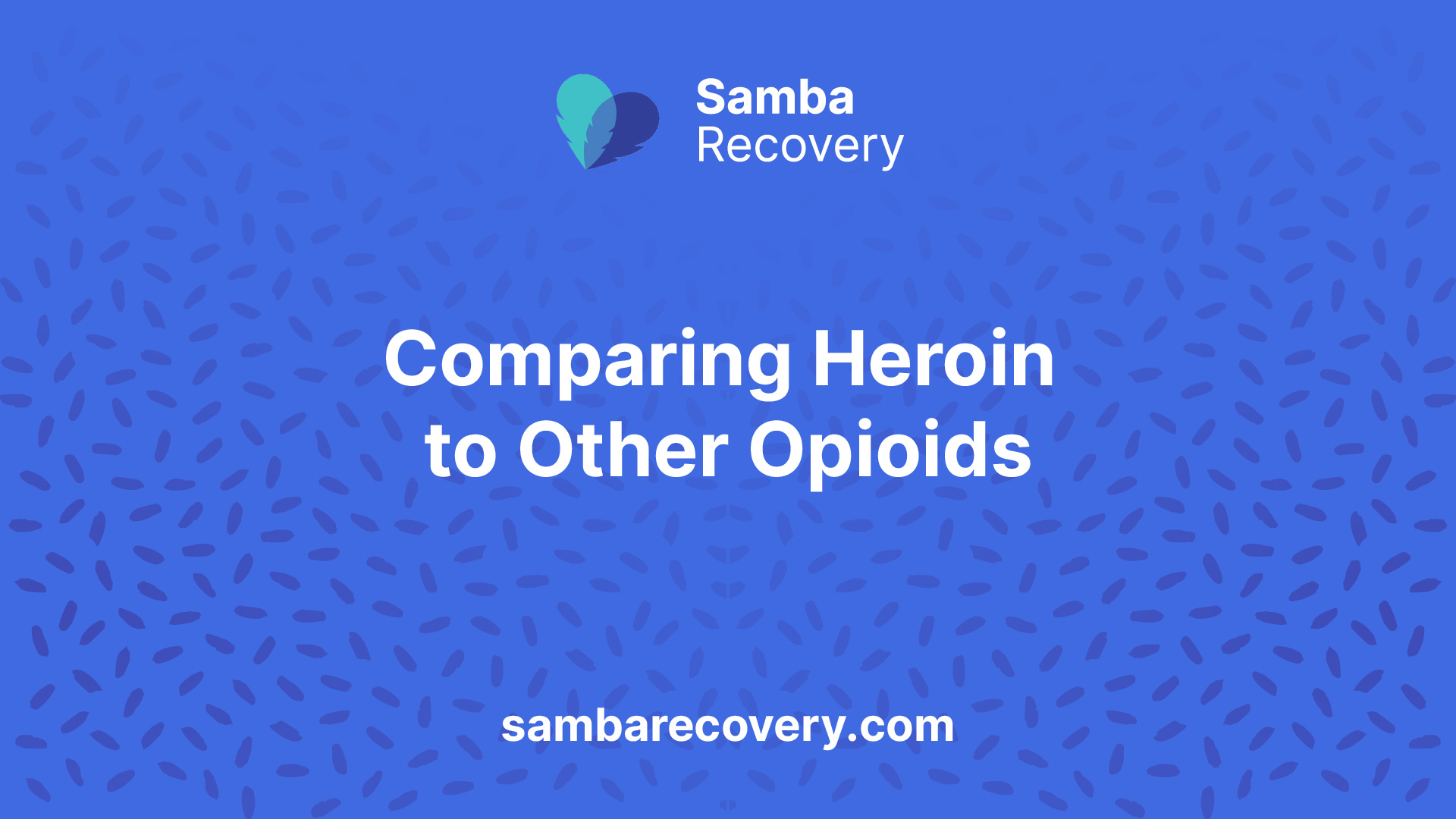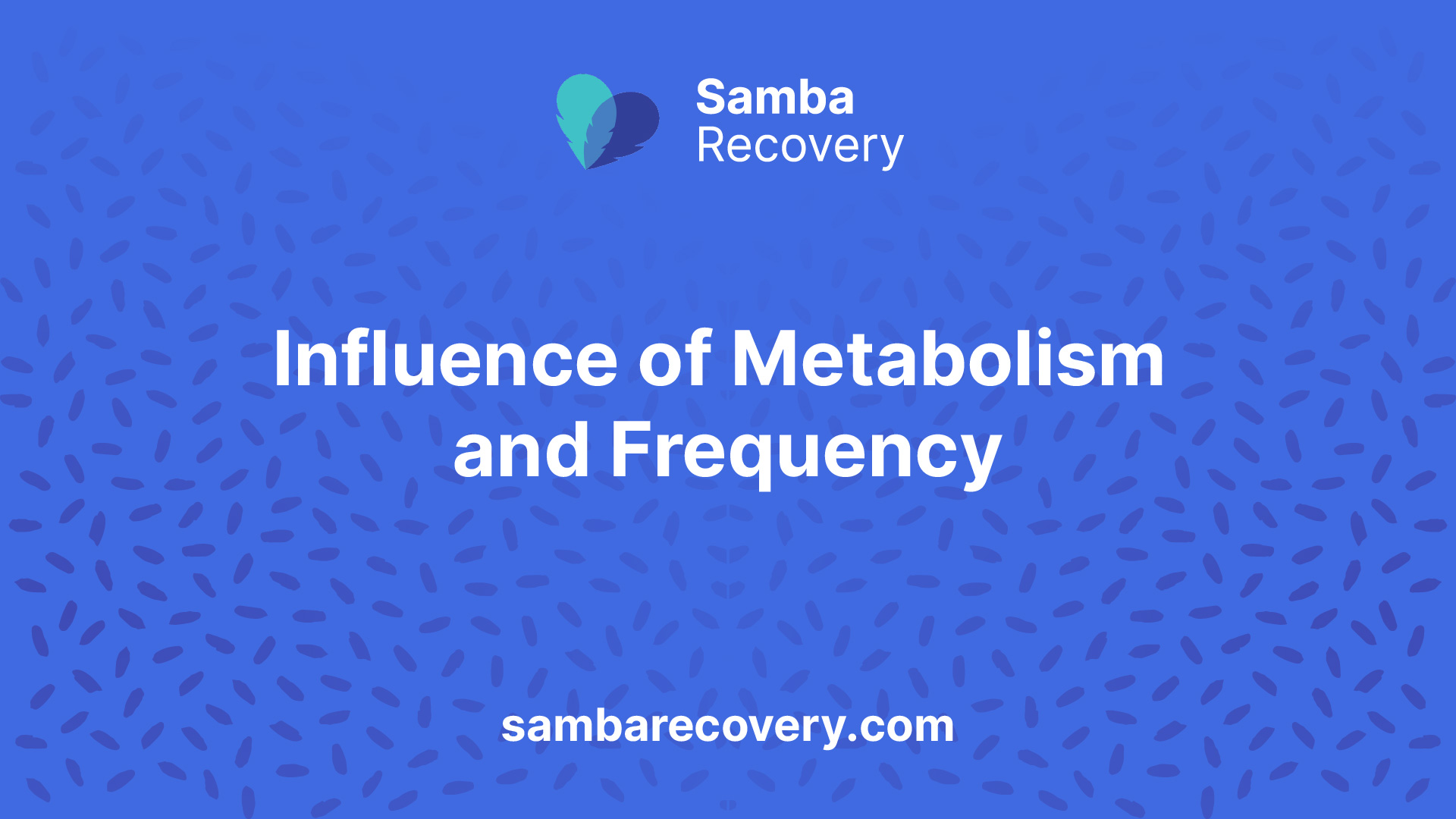Understanding Drug Detection
Understanding how long heroin stays in the system involves knowing the various factors that influence detection windows and the types of drug tests available.

Factors Affecting Detection Windows
Several factors affect how long heroin and its metabolites remain detectable in the body. These factors include:
Types of Drug Tests
There are various types of drug testing methods used to detect heroin and other substances. Here are the main types:
Test TypeSample TypeDetection WindowDescriptionUrine TestUrineHours to several daysMost common method; can detect many drugs, including heroin and its metabolites, for a broad timeframe [2].Blood TestBloodFew hours to a dayLess common due to its invasive nature; detects recent use and ensures accurate timing of substance intake.Hair TestHairUp to 90 daysEffective for long-term detection; drugs remain in hair follicles as they grow. Not as commonly used as urine tests.Saliva TestSalivaHours to a couple of daysIncreasingly used for rapid drug screening, especially in roadside situations.
Each type of test has its own pros and cons in terms of detection windows, accuracy, and invasiveness. The selection of the test often depends on the purpose of testing and the substances involved. For more information regarding drug detection, consider reading about seeking a fentanyl vaccine breakthrough and methods to help those suffering from substance use disorder.

Duration of Heroin in the System
Understanding how long heroin stays in the body is crucial for various reasons, including health assessments and legal implications. The duration depends significantly on the type of test used.
Heroin Detection in Urine
Urine tests are the most common method for drug detection. Heroin can typically be detected in urine for 2-7 days after use. Some urine tests may show traces of heroin within 24 hours after the last use, and in some cases, detection may extend to 48-72 hours.
Detection WindowDurationGeneral Urine Test2-7 daysImmediate Detection (after last use)24 hoursExtended Detection48-72 hours
Heroin Detection in Blood
Blood tests are less common than urine tests but are also effective for determining recent use. Heroin can generally be detected in blood for 3-6 days following use. This method is often used in clinical settings.
Detection WindowDurationBlood Test3-6 days
Heroin Detection in Hair
Hair follicle tests provide a longer detection window. Heroin can be detected in hair for up to 90 days after usage. This method is reliable for monitoring long-term substance use, as it shows a historical record of drug exposure [3].
Detection WindowDurationHair Follicle TestUp to 90 days
Various factors influence the detection windows, including the individual’s metabolism, frequency of use, and the type of drug test employed. For more information on the effects of addiction, visit our articles on learning how addiction begins and helping those suffering from substance use disorder.

Comparing Heroin to Other Opioids
Understanding how heroin compares to other opioids in terms of detection times can provide valuable insights for those considering the implications of opioid use. Various substances have different metabolic rates and elimination pathways, influencing their presence in the system.
Fentanyl Detection
Fentanyl, a potent synthetic opioid, has specific detection windows:
Type of TestDetection WindowUrine1-2 daysBlood6-72 hoursHairUp to 90 days
Fentanyl’s rapid effects and relatively short detection time in urine and blood raise concerns due to its potency and the potential for overdose. For more information on the dangers of fentanyl, refer to our article on new orleans coroner sounds the alarm about fentanyl overdoses.
Morphine Detection
Morphine detection times are as follows:
Type of TestDetection WindowUrine3-5 daysBlood12-72 hoursHairUp to 90 days
Morphine is a naturally occurring opioid and can remain in the system for a longer period than fentanyl, particularly in urine. For a deeper understanding of how morphine works and its effects, consider reading about learning how addiction begins.
Oxycodone Detection
Oxycodone, a common prescription painkiller, has its own detection windows:
Type of TestDetection WindowUrine1-2 daysBlood12-24 hoursHairUp to 90 days
Oxycodone’s detection time in urine is similar to that of fentanyl, but it is generally undetectable in blood much quicker. Exploring how oxycodone affects the body can provide more context about its use and potential for addiction, detailed in our article on helping those suffering from substance use disorder.
By comparing the detection windows of these opioids with heroin, individuals can better understand the implications of their use and the potential for addiction. If you or someone you know is struggling with opioid use, it is critical to seek help and explore options for recovery. For support resources, see our page on choosing a rehab near me.

Testing Methods and Variability
In the context of understanding how long heroin stays in your system, various testing methods are utilized to detect the presence of drugs. Two prominent methods are saliva tests and hair analysis, each offering unique advantages and applications.
Saliva Tests for Drug Detection
Saliva tests are effective in detecting recent heroin use, making them suitable for immediate screening scenarios. These tests typically correlate closely with blood concentrations, allowing detection windows of about 2 hours. However, most drugs, including heroin, tend to disappear from saliva within 12 to 24 hours [4]. Due to its short half-life, heroin becomes undetectable in saliva after an hour or less [3]. This rapid clearance means that saliva tests are primarily useful for identifying recent use rather than long-term patterns.
Window of DetectionDurationRecent Use2 hoursGeneral Window12 to 24 hoursUndetectable1 hour or less
Hair Analysis for Long-Term Monitoring
Hair analysis provides a longer historical record of heroin use. A 2-inch strand of hair can retain evidence of substance use for approximately the past 4 months, making it a highly reliable method for detecting long-term usage [5]. This method can be particularly useful for monitoring ongoing substance use, as it reveals patterns over time rather than just instances of recent use.
Hair LengthDetection Timeframe2 inchesApproximately 4 months
Combined, these testing methods highlight the variability in drug detection based on the timeframe of use and the specific substances involved. Each method serves distinct purposes, accommodating needs for immediate detection or long-term monitoring. Understanding these differences can assist in making informed decisions regarding substance testing and assessment. For more insights into addiction, explore topics like learning how addiction begins and helping those suffering from substance use disorder.

Influence of Metabolism and Frequency
Understanding how metabolism and frequency of use affects heroin detection times is crucial for anyone concerned with how long does heroin stay in your system?. These factors play a significant role in how long heroin and its metabolites remain detectable in a person’s body.
Impact on Detection Times
Metabolism greatly influences the rate at which drugs, including heroin, are processed and eliminated from the body. Various factors affect an individualâs metabolic rate, including age, body mass, genetics, and overall health.
The timeframe for detecting heroin and its metabolites differs significantly. Generally, the main drug may be undetectable before its metabolites. The following table outlines approximate detection windows for heroin in various testing methods:
Detection MethodTimeframeUrine1 to 3 daysBlood6 to 12 hoursHair90 days
These detection times can vary considerably based on individual metabolism and usage frequency.
Chronic Use and Detection
For individuals with chronic use of heroin, metabolites can accumulate in the body, extending the detection window. Frequent users often experience slower metabolic processing, leading to longer retention in the body.
Here’s a brief overview of how frequency of use affects detection:
Usage FrequencyEstimated Detection TimeOccasional (1-2 times)1-3 days in urineModerate (3-4 times a week)Up to 5 days in urineHeavy (daily)Up to 7 days or longer in urineChronic (multiple times a day)90 days in hair analysis
Chronic use not only impacts detection windows but may also lead to increased tolerance and dependence, making it crucial for users to seek help through resources such as choosing a rehab near me or helping those suffering from substance use disorder.
In summary, understanding metabolism and frequency is key when considering how long heroin will be detectable in the system. These influences can vary widely among individuals, highlighting the need for personalized approaches in addressing substance use and potential addiction. For further insights into addiction, explore learning how addiction begins or consider can addictions be passed down?.
Practical Considerations
When discussing how long heroin stays in the system, there are several practical considerations to be aware of regarding drug testing. These include the influence of poppy seeds on test results and the costs associated with testing, as well as the expected turnaround time for receiving results.
Poppy Seeds and Drug Tests
Poppy seeds, commonly used in various culinary dishes, can lead to false positives in drug tests for opioids. It is advised that individuals avoid consuming foods containing poppy seeds for at least three days prior to undergoing drug testing to mitigate the risk of inaccurate results. As indicated by MedlinePlus, even small amounts of poppy seeds can show up as opioids in a drug screening.
Costs and Turnaround Time
The cost of drug testing can vary significantly based on the type of test and the specific drugs being screened. As outlined in the following table, prices range from less than $5 to over $100 per assay for tests targeting specific substances.
Type of Drug TestCost RangeBasic Urine Test$5 – $50Specific Drug Assay$50 – $100+Onsite TestingLess than $10
The turnaround time for drug test results also differs depending on the testing method employed. For onsite tests, results can be available in minutes. In contrast, commercial laboratory analyses may take several days or even longer to provide results, as detailed by NCBI Bookshelf.
Understanding these practical considerations is essential for anyone undergoing drug testing, particularly in relation to substances such as heroin, which raises concerns regarding detection and user implications. For further information on the complexities of addiction, visit learning how addiction begins.
References
[2]:
[3]:
[4]:
[5]:






